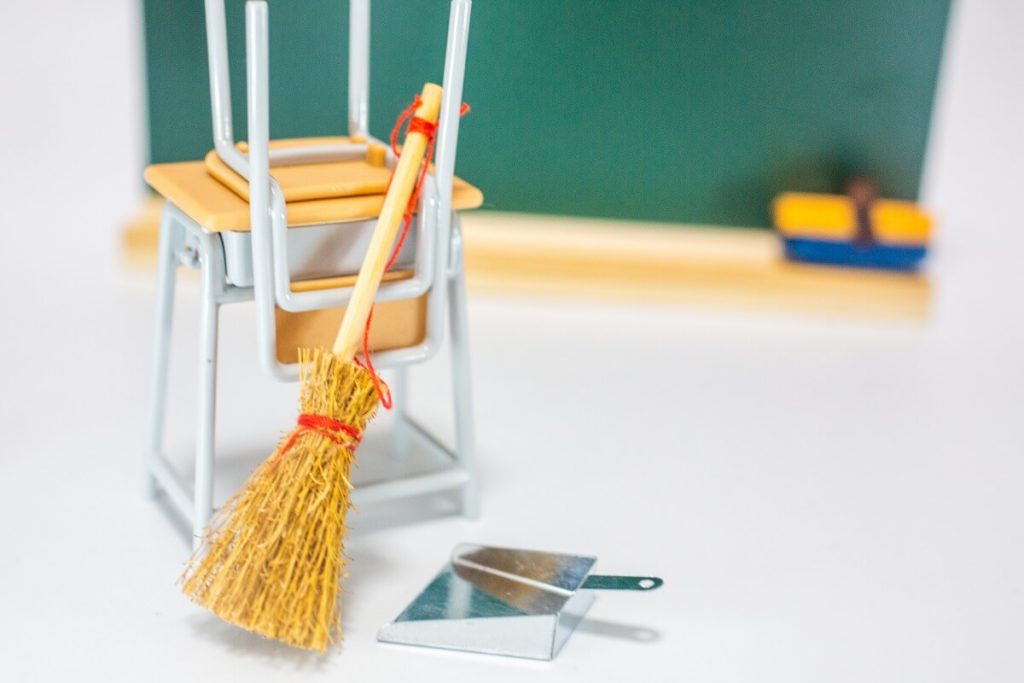This time I’d like to share about the education style in Japan.
Japanese are thought to have high academic ability, but why? Of course, I’m Japanese, but I have not thought about Japanese education much.
Then, I suddenly wanted to think about the Japanese education system, and I wanted to research other countries’ education systems.
So, I researched them!
It was really exciting to research other countries’ educational situations. In addition, it was a good experience for me to think about Japanese education again!
Of course, the Japanese education system has changed since I went through it. Most of the system hasn’t changed.
There are good things and some not-so-good things about it.
Anyway, I would like to share the things which I have researched about Japanese education and other countries’ situations .
Aiming to Have the Same Academic Levels

Japanese educational institutions aim for students to have the same academic levels.
Not only in education but also in other aspects, Japanese people value equality.
For example, because one of Japan’s goals is for all students to be at the same levels, if there is a student who can’t understand the subject, a teacher gives a clarification for the subject and small exams or supplemental studies until every student understands.
By this system, students can learn not only the subject, but also make an effort and have perseverance.
Besides it, the Japanese system is the academic year system, but the credit system is used in the U.S.
I didn’t know the difference until I started to do research for this writing.
It is a big difference for me.
We can see the difference between the two in that Japan considers it is important that all students can understand subjects, while the US believes that extending students’ specialties is important.
We Have School Lunch!

I think this is a huge difference from most of foreign countries.
Japanese schools in compulsory education serve lunch! It is not free, though it is cheap. Besides, the nutritionist decides the menu, so it has good balance.
I know that many people and children are in trouble because of obesity in the U.S.
So, I strongly recommend to the educational institution in the U.S to have the lunch-serving system!
If the U.S adopts the system, it would decrease the number of children with obesity in the U.S.
It is also worth mentioning that they are inexpensive, and that they are served at the school.
Because there are many working mothers recently, for them it is difficult to have the time to make their children’s lunch, and it has some cost.
So it is happy for mothers that their children have school lunches!
Personally, it is also good for children to have the same meals with others. There is no poor lunch and no rich lunch, so it doesn’t generate a bullying situation about meals.
Cleaning a Classroom with Others

In Japan, students clean their classrooms and facilities by themselves. It doesn’t happen in most schools in other countries.
I think doing something with classmates or friends is a good educational thing because students learn cooperativeness through action.
When I was a student, of course I did it!
At that time I thought it was a tiresome process, but now I realize that it was important.
It is so Japanese!
This is because Japanese people place great importance on cooperation and working together.
We can see Japanese national traits or character in our education system.
I heard that vendors clean school facilities in the U.S.
Maybe, using their time for their study is prioritized over learning cooperation in the U.S.
Styles of Club Activities Vary from Country to Country

In the extra activities, we can find a difference from the U.S.
In Japan, most students do extra activities after class. They do it through all years in the school, three years.
Because in junior high school and high school, the school terms are three years each.
But in the U.S., students belong to different activities each season!
I guess it is the purpose of American educational institutions to challenge themselves in various activities and find what suits them best.
On the other hand, in Japan, students are taught to stick with one thing for a long time, to never give up, and to work well with their peers.
It is very interesting that there are so many differences from country to country.
Education in Europe
I would like to discuss education in European countries for a moment.
In Finland, tuition is free from preschool to graduate school. Stationery and school lunches are also provided.
In the Netherlands, education is free from age 5 to 18. They have many school-specific methods,and students are given several options.
I have the impression that Europe has excellent benefits for education.
That is very wonderful.
In Japan, school fees are high and a source of concern for parents.
There are young people in Japan who cannot go to the university of their choice or cannot study as much as they would like due to the high cost of tuition.
If possible, we would like Japan to establish a system that allows students to advance to universities and graduate schools free of charge, as is the case in some European countries.
Then, young people who want to learn, regardless of wealth, will be able to learn a great deal and eventually contribute to Japan in business and society.
This may be a bit off topic, but I think Japan may be rushing and concentrating on the immediate future these days.
Perhaps because of this, sales and the ability to create new products within each industry seem to be declining year by year.
We need to have the courage, not atrophy, to take the long view and formulate a plan for Japan’s development and carry it out.
This may be what is at stake for Japan today.
On the other hand, if we start doing this now, we can still be active in various fields.
Innovate the education system and work on new things.
I think this is very important for Japan.
After experiencing a period of rapid economic growth, we may have become more reserved. Many things are happening now.
Many things are changing. I think it is a time of change.
The results of the educational transformation will, of course, take several years to show.
But in order to keep talented young people’s passion for learning alive and to get each industry going again, it is essential to make fundamental changes in the education system now.
In Conclusion

How was it?
I should have included more comparisons, but I ended up comparing it roughly to the U.S. education system….
For the author, I enjoyed doing this survey because it gave me an insight into the differences in the educational systems of different countries.
I was able to discover a number of differences between the U.S. and Japan alone. I felt that the national character of each country is expressed in many ways.
I hope to delve into this more sometime!
I am in charge of accounting at an advertising-related company. I’m the only one who can’t speak English well…I’m struggling to improve. Tennis addict. I play a match almost every week.





 HTJ has a YouTube page! Check it out
HTJ has a YouTube page! Check it out